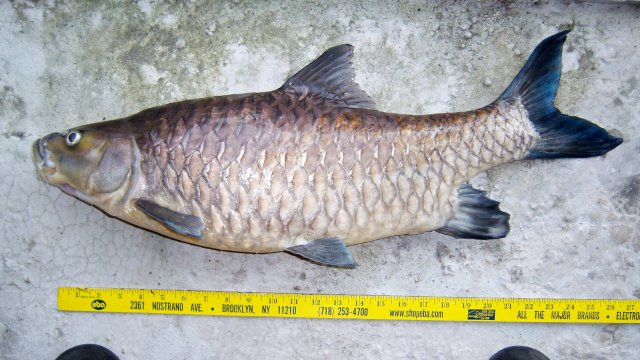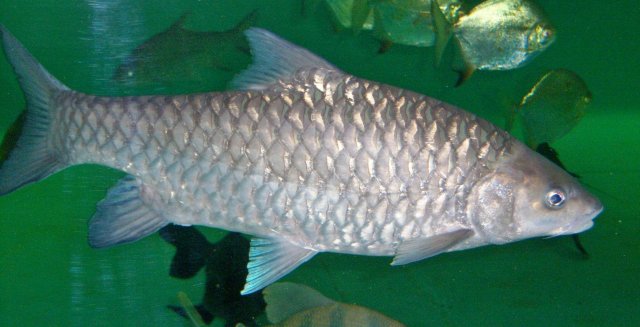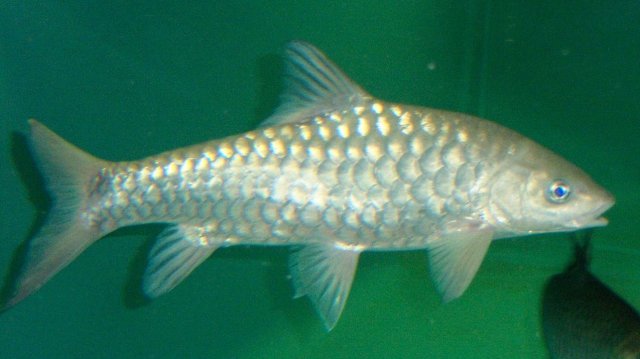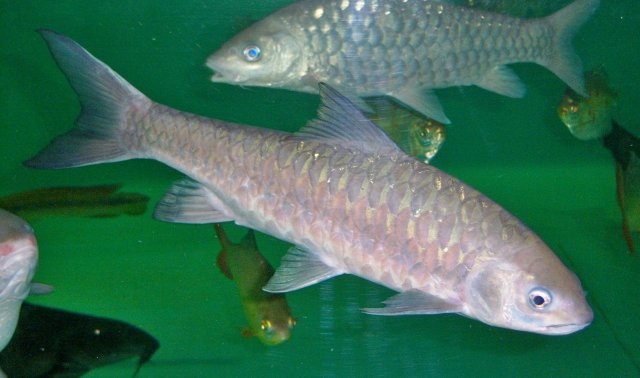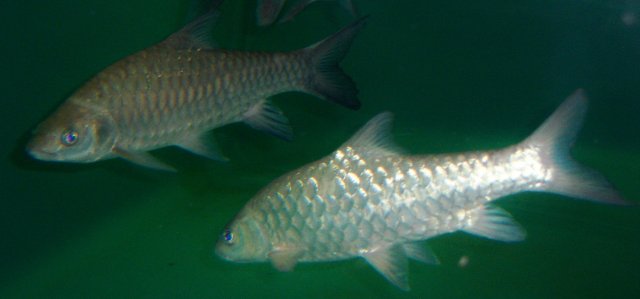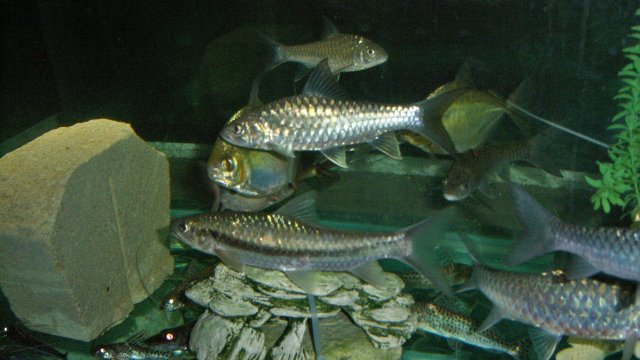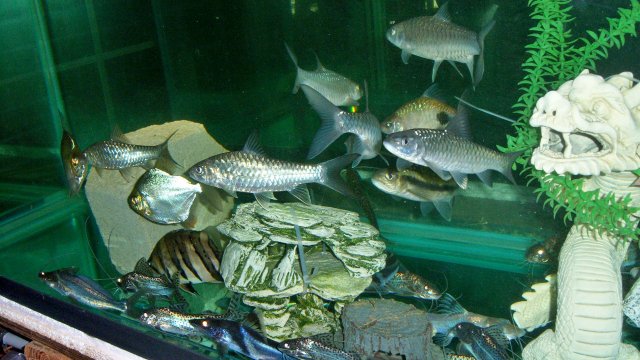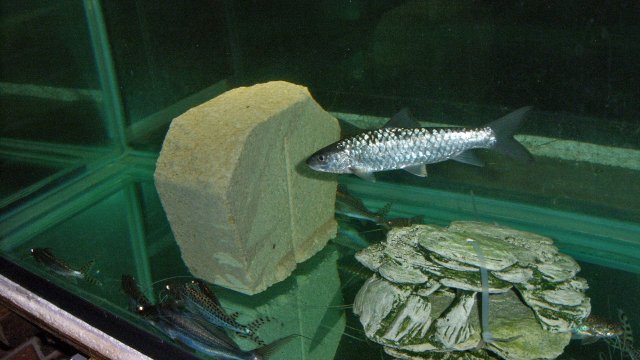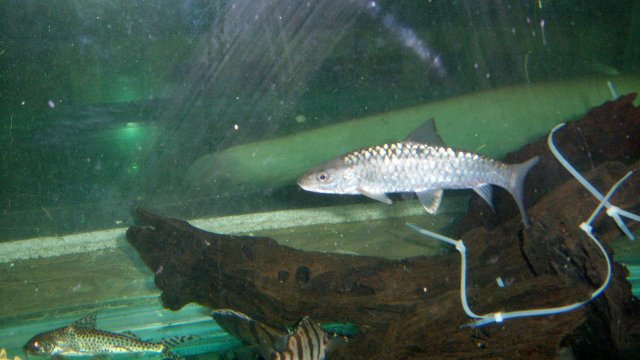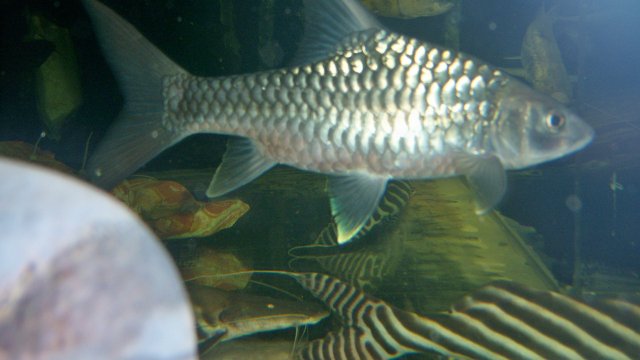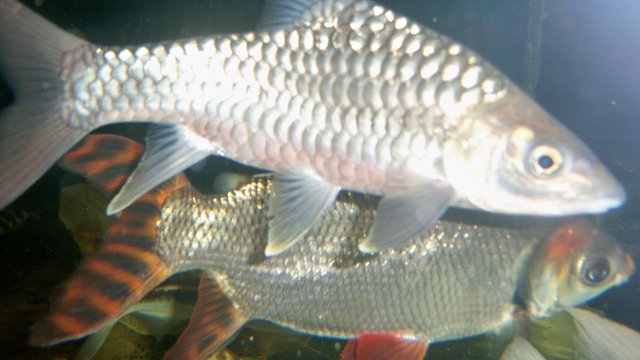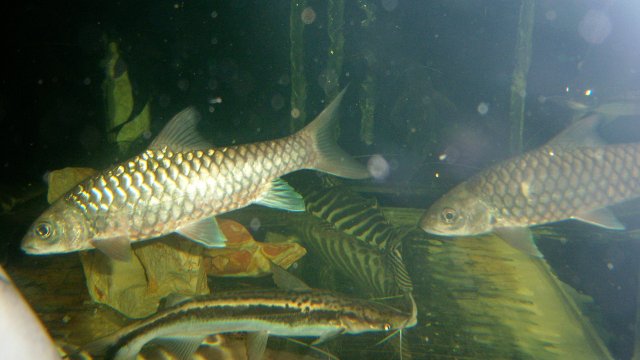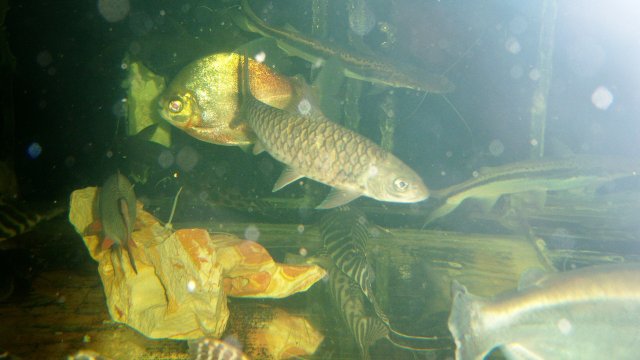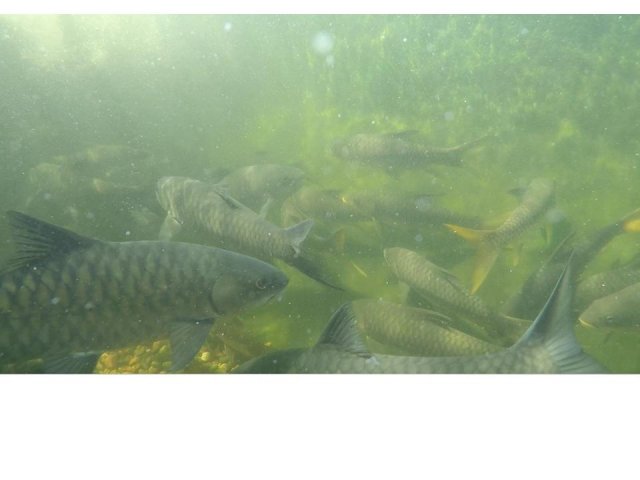Anyone Managed to Successfully Preserve Colouration of Mahseers, Tor and Neolissochilus sp like Those from The Wild?
- Thread starter Asian Exotics
- Start date
You are using an out of date browser. It may not display this or other websites correctly.
You should upgrade or use an alternative browser.
You should upgrade or use an alternative browser.
Well, gotta admit I made a mistake, but at least I've learnt from it and my next mahseer project will be better for both the fishes and me.Asian Exotics Thanks for the summary. Sorry it ended so soon.
I can't contribute to the topic much from my experience. I collect mahseer but all of mine are ether drab or possess colors that are not bright. Perhaps the only ones that have some color are the stracheyi (blue) and putitora (greenish body, reddish tail). Others may be shiny but no definite color.
I keep my tank lights off and the natural light is low. Perhaps this is the main reason. I feed 100% NLS and frozen fish soaked in VitaChem, so I believe our mahseer should be receiving good diet and all the needed pigments. They just don't seem to use the pigments to color themselves up.
I will contribute the quote from Wes and also a few pics of wild mahseer with great color.
https://www.monsterfishkeepers.com/...19-stock-list-going-fast.717558/#post-8101826 Here wes says: " ***(true ones) many fakes Tor tambra "the true Malaysian red mahseer" 10" wild hand caught specimens. This is the most expensive fish from the country. This is 1000 times rarer than the Asian arowana, their scales will have the potential to turn the same color, with shades of red and blue. The fun part is how you raise them. The reddest ones come from area where they eat wild figs and flowers. $600-1000 each. Individual experiences with final outcome of the product will vary, they're easy to keep and feed. I will keep a group myself, and if anyone accepts the challenge to see who can grow the reddest ones with me, the game is on! "
The pics from my searches:
stracheyi:
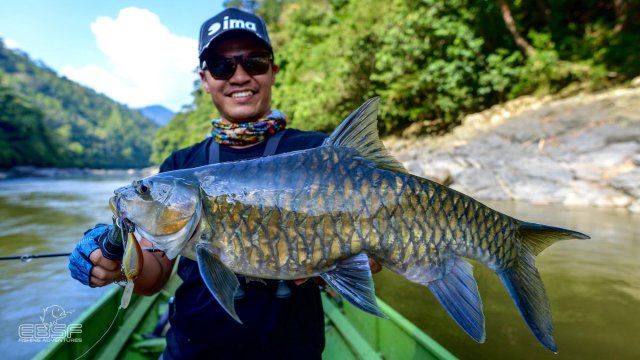
sinensis:
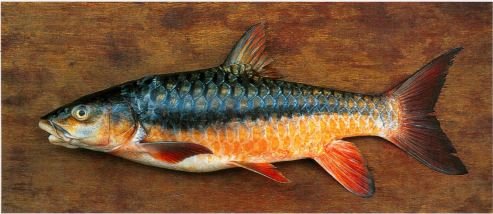
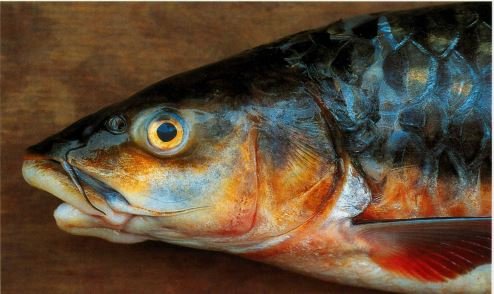
Tambra:
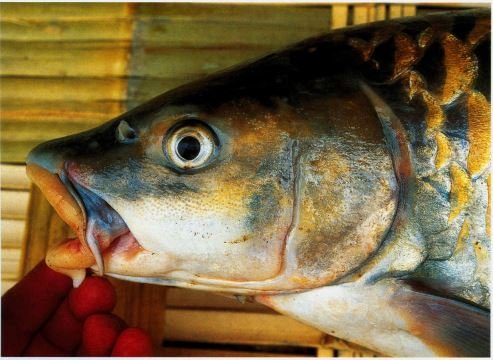
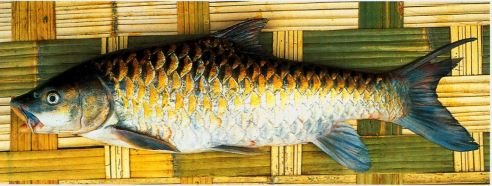
I keep my tank lights off and the natural light is low. Perhaps this is the main reason. I feed 100% NLS and frozen fish soaked in VitaChem, so I believe our mahseer should be receiving good diet and all the needed pigments. They just don't seem to use the pigments to color themselves up.
I will contribute the quote from Wes and also a few pics of wild mahseer with great color.
https://www.monsterfishkeepers.com/...19-stock-list-going-fast.717558/#post-8101826 Here wes says: " ***(true ones) many fakes Tor tambra "the true Malaysian red mahseer" 10" wild hand caught specimens. This is the most expensive fish from the country. This is 1000 times rarer than the Asian arowana, their scales will have the potential to turn the same color, with shades of red and blue. The fun part is how you raise them. The reddest ones come from area where they eat wild figs and flowers. $600-1000 each. Individual experiences with final outcome of the product will vary, they're easy to keep and feed. I will keep a group myself, and if anyone accepts the challenge to see who can grow the reddest ones with me, the game is on! "
The pics from my searches:
stracheyi:

sinensis:


Tambra:


They are not to say drab. I would think they are still very young to show any good colours. From my observation of South East Asian mahseers by keepers, their colours do seem to show better at darker backgrounds and especially with bottom substrate. I have seen them turn to silver fishes in bare tanks and colourless backgrounds (most fishes at restaurant tanks look like these), and personally witnessed it turn into brownish golden fish in just 3 months in a tank with dark brown substrate. But for the reds (Tor Tambra), it is said that the best way to have them at their best colours are just dark brown substrate and plenty of sunlight. Backgrounds needn't be dark. But seeing that you have a community of mahseers, your own preferences, majority and of course finances has veto powers....My rather drab mahseer for comparison.
Just my 0.00002 cents....haha
Thank you, Cy. The first 5 photos are of the mahseers that are roughly 10 years old, khudree, progenious, soro, and malabaricus... they all came from Wesley Wong's personal collection to us in Aug 2015 as mature fish already... but none of these are supposed to be colorful anyway, right?... I would think they are still very young to show any good colours...
Soro has some rosy color, and looks to my crude eye indistinguishable from our 3 Thai rose mahseers (? aka douronensis). So the rosiness is consistent. But to see the rosiness, one needs a flash = very intense lighting. In dim or medium light, they look a shade of grey-bluish-silverish... what I call a shiny drab haha...
The rest are indeed juvies and babies, 1-3 years old.
Yes, Viktor, the first 5 pictures are mahseers that aren't going to be very colourful anyway except the Soro, where my amateur readings cannot seem to place them in any distinct species. But if I were to follow the Soro classification by the Malay language in Malaysia, these would be rather bland (mostly greenish) looking fishes with the exception of unconfirmed but widely reported bluish variety found in one part of Peninsula Malaysia.Thank you, Cy. The first 5 photos are of the mahseers that are roughly 10 years old, khudree, progenious, soro, and malabaricus... they all came from Wesley Wong's personal collection to us in Aug 2015 as mature fish already... but none of these are supposed to be colorful anyway, right?
Soro has some rosy color, and looks to my crude eye indistinguishable from our 3 Thai rose mahseers (? aka douronensis). So the rosiness is consistent. But to see the rosiness, one needs a flash = very intense lighting. In dim or medium light, they look a shade of grey-bluish-silverish... what I call a shiny drab haha...
The rest are indeed juvies and babies, 1-3 years old.
Your Sinensis could turn out to be specimens that may very well surprise you as they mature into adulthood.
I do try to look at your confused Thai golden mahseer (Douronensis, Stracheyi or Mahseer X) that you kept with the tigrinum catfishes every now and then just to try to come up with some strong pictorial backup of species it belongs to, but just can't. I think it'd be a good idea to have it in a darker environment with at least a fair bit of natural sunlight or synthetic (tanning) ones. I would think you are very likely to see their colours in very short time. If that's not too much trouble that is.
Hi Ken, I have seen quite a few of your videos on your collection of the Neo Hex and Putitora. While I felt sorry for the phoenix barb, I'm so jealous of your Putitora collection. I have two of them ( 16 inches & 17 inches), but they have red tails. I have noticed yours are all yellow tails (I may have missed some, poor eyesight and stubborn reluctance to change glasses). I wonder what could that mean?I think the mahseer appearance is greatly affected by conditions of the outdoor. Sun, algae and natural environment.
In my experience, NeoHex are pigs while the Putitora are timid. Spinibarbus Denticulatus have no chance surviving the bullying of Neolissochilus.
View attachment 1429811
Mine could be the common Himalayan Tor Putitora or Tor Tor, either which I'm happy to own. While yours could be other yet to be described sub species of Putitora (I doubt there's only one anyway), or the confirmed mythical Tor Yinjiangensis. Legend has it (I meant it literally for me as I have never set eyes on one) that the Yinjiangensis looks exactly like the Putitora but with extra metallic silver scales that looks amazing. Another part is I don't think they are classified by CITES as endangered due to data deficiency, so they may be available for sale and export.
Anyway, i love your collection and the feeding videos. And yes, the GoPro made your videos way better. Haha...
Sorry, forgot to agree with your opinion that yes, I too believe the mahseer appearance is greatly affected by its environment. My two Mekong Tor Sp are textbook examples. Angling pictures also suggest at least Neo Stracheyi and Tor Putitora are too.I think the mahseer appearance is greatly affected by conditions of the outdoor. Sun, algae and natural environment.


